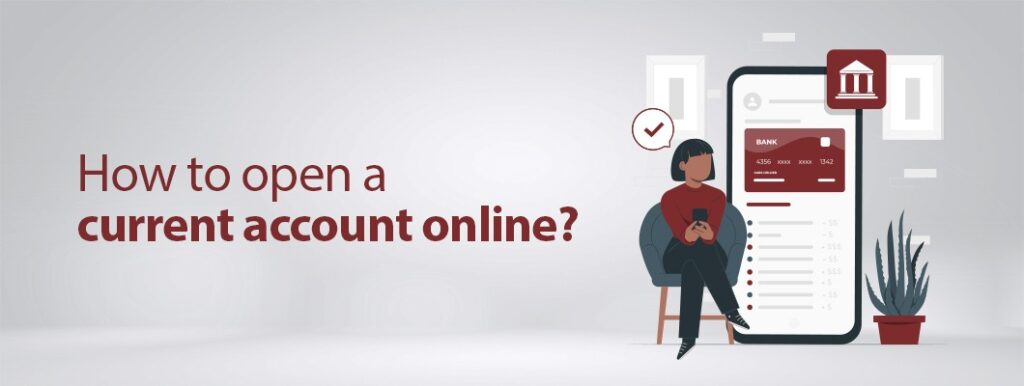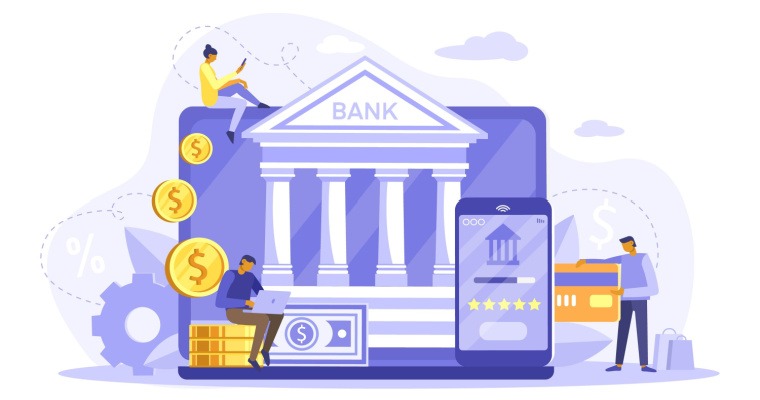Discover how to open a current account to start your path to financial empowerment. We know how important it is to have a dependable and easily accessible banking solution because we are a reputable financial specialist. We’ll lead you through the process of opening a current account in this detailed guide, giving you the information and resources you need to make wise choices.
Current Account: What Is It?
You can handle your everyday financial operations with a current account, commonly referred to as a checking account. You may make payments, make deposits and withdrawals, and set up standing orders and direct debits with a current account. It provides you with the necessary flexibility and ease and forms the basis of your financial life.
What Makes a Current Account Open?
There are many advantages to opening a current account, including:
-
- Simple access to your funds via mobile apps, internet banking, and ATMs
Your money is stored securely, guarded against theft or loss
Capacity to send and receive money, including bill payments and salary deposits
Depending on the bank and account type, you may be able to earn interest on your account balance
Possibility of developing a relationship with your bank and creating a financial history

A Comprehensive Guide on Opening a Current Account
First Step: Select the Correct Bank
The first step in opening a current account is to choose a bank that suits your requirements and interests. Think about things like interest rates, fees, branch locations, ATM networks, online and mobile banking services, and so on. To determine which bank provides the best value in terms of features and advantages for your particular circumstances, do some research and comparison-shopping.
Step 2: Compile Necessary Documentation
You will need to present certain documentation to prove your identity and residence in order to open a current account. Depending on the bank, the precise requirements could change, however generally speaking they consist of:
-
- A legitimate form of identity granted by the government, such as a passport, driver’s license, or national ID cardA utility bill, bank statement, or rental agreement are examples of proofs of address.Tax identification number or social security number
Information about employment and evidence of income (if requested by the bank)
Make sure you have all required paperwork ready before starting the application process.
Step 3: Finish Up the Application
Now that you have decided on your preferred bank and acquired the necessary paperwork, it is time to finish the current account application. Usually, you can accomplish this online, through the bank’s mobile app, or by physically visiting a branch. Give true and current information about yourself, your contact details, your job position, and your personal characteristics.
Step 4: Finance Your Account
You will need to deposit money into your new current account as soon as your application is accepted. This can be accomplished through setting up a direct deposit from your employer, putting cash at an ATM or branch, or transferring funds from another bank account. Check your bank’s specific criteria since some may require a minimum initial deposit to activate your account.
Step 5: Configure Mobile and Internet Banking
Create an online and mobile banking account to get the most out of your current account. This will enable you to manage your account, pay bills, transfer funds, and check your balance at any time and from any location. Create your online login credentials and, if available, download the bank’s mobile app by following the instructions provided by the bank. For extra security, make sure you use two-factor authentication and select strong passwords.
Frequently Asked Questions concerning Current Account Opening
Can a current account be opened online?
Yes, you may now open a current account online with a lot of banks. Typically, the procedure is easy to do from the comfort of your home, secure, and uncomplicated. However, in order to fulfill specific requirements or submit extra evidence, some banks can want you to physically visit a branch.
What age must a person be at least to start a current account?
Depending on the nation and bank, there are different minimum ages needed to open current accounts. In most circumstances, opening a current account on your own requires you to be at least 18 years old. Certain banks provide juvenile accounts, however the application may need to be co-signed by a parent or legal guardian.
If my credit history is bad, can I still open a current account?
Opening a current account with a bad credit history could be more difficult, but it’s still feasible. Certain banks provide “second chance” accounts or simple current accounts that are intended for those with credit problems. Over time, these accounts can assist you in improving your financial situation, even though they can have additional fees or limits.
Does my current account need to have a minimum balance maintained?
Depending on the bank and the particular account type, you might need to keep a minimum balance in your current account. Some banks will waive their minimum balance requirements if you maintain a specific volume of monthly transactions or set up direct deposit. Others might impose a fee if your balance drops below a particular level. Make sure you thoroughly read the terms and conditions of the account you have selected.
Result
A vital first step toward security and financial freedom is opening a current account. You can open a current account with confidence and enjoy all the advantages of having a dependable banking solution by following our easy-to-follow instructions. To simplify your financial management, pick a bank that fits your needs, compile the necessary paperwork, and utilize online and mobile banking options. You’ll have no trouble reaching your financial objectives if you have a current account.










Add Comment